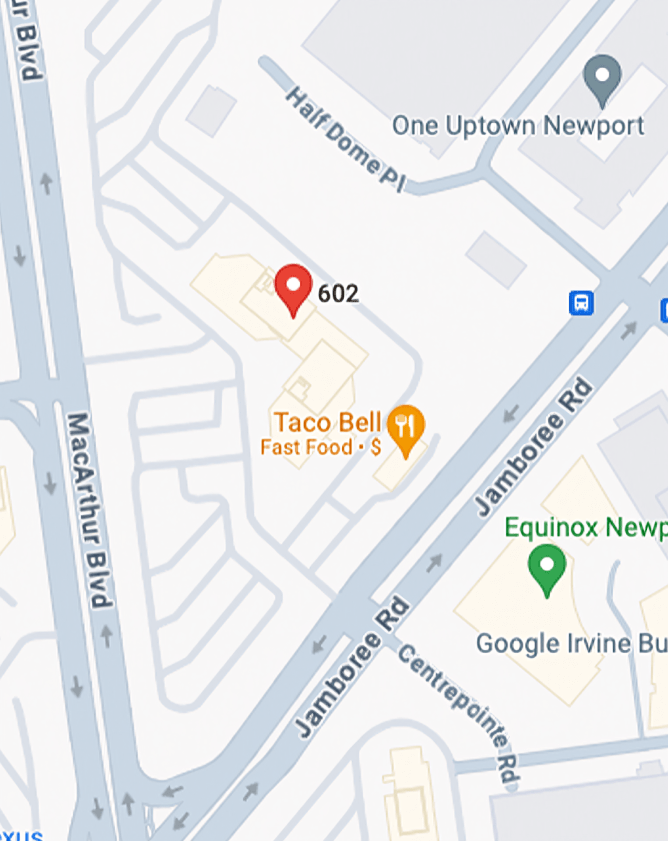As mentioned in other articles, specifically “DUI with aggravating factors”, there is what is known as a simple DUI, DUIs with aggravating factors, Vehicular manslaughter while driving under the influence, and a Watson murder; these are really just spectrums of the same crime, differentiated by degree of harm, and degree of intoxication. Pursuant to California Vehicle Code §23153, it is a separate and distinct offense from a DUI to drive under the influence and cause an injury to another person. This charge can be brought as a misdemeanor, or a felony, which is referred to as a “wobbler” offense in California. The Prosecutor makes this decision based on the facts surrounding the underlying DUI, and the degree of injury. For example, if someone was knocked unconscious as a result of your driving under the influence, the Prosecutor is more likely to prosecute the case as a felony. However, if the injury to the other person was just a black eye, the Prosecutor will probably bring the case as a misdemeanor. To make the determination the Prosecutor will look at:
- The facts surrounding the injury to another person while driving under the influence;
- Prior criminal history; the Courts are particular sensitive to previous DUIs, or drug and alcohol related convictions. They are less concerned with prior criminal activity that does not suggest a proclivity to driving in an unsafe manner.
How Will The Case Against Me Be Prosecuted?
In order for a Prosecutor to obtain a conviction against you for driving under the influence causing injury, the Prosecutor will need to prove the following elements beyond a reasonable doubt:
- At the time you were in control of a vehicle, you were under the influence of alcohol or drugs1;
- While operating a vehicle and being under the influence, you violated another law, or acted in a negligent manner; and
- That conduct resulted in an injury to another person.
Since the underlying offense is that you were under the influence, the first thing your attorney should do is challenge the DUI itself. Generally speaking, the DUI will be premised on the results of a Preliminary Alcohol Screening (PAS) test; most commonly a breathalyzer test. There are many ways to challenge a breathalyzer test result.
1For purposes of alcohol in this context, “under the influence” means a BAC of 0.08% or higher
The breathalyzer test is administered by the officer who initiated the traffic stop on suspicion that you were driving under the influence. The breathalyzer itself will provide a measure of your BAC at the time by measuring the ratio of alcohol in connection with the amount of air exhaled; this is known as an “indirect value.” Since the test creates an “indirect value”, it is susceptible to attack on a number of grounds. It is somewhere between a blood test (which would actually measure the amount of alcohol in your blood), and an estimate. Suffice it to say, mistakes can happen. There are a vast number of factors that may alter the outcome of the breathalyzer test that was conducted on by the arresting officer.
- The overall temperature of your body at the time of the test.
- Your rate of respiration at the time of the test.
- The length of time that has passed between the point where you were pulled over on suspicion of driving under the influence, and when the breathalyzer test is actually administered.
- Whether or not you have recently used mouthwash, or other substances containing alcohol.
- Whether or not bile is present in your stomach as a result of regurgitation, or vomiting.
- A faulty breathalyzer device; either it hasn’t been calibrated properly, or it was malfunctioning. This is a very common defense, which skilled attorneys raise.
- The breathalyzer was functioning properly, but the officer conducting the test performed it improperly.
- Since the breathalyzer is simply applying a mathematical equation, which creates a ration of alcohol to blood content statistical arguments become valid. In this specific context, the equation (also known as the algorithm) is based off an assumption about the “average” individual. Not all people are identical in terms of what constitutes being “under the influence”, which makes the test itself highly speculative. Additionally, the factors listed above can have an impact on the value the breathalyzer comes up with. Having skill counsel on your team to fight the results of the test may be the single best way to avoid a conviction for DUI, and DUI related offenses.
The police departments around the country have come to realize that the breathalyzer test is inherently questionable. As a result, most officers administering this test typically require you to perform the test multiple times; this is an effort to strengthen the weight of the breathalyzer test. If an officer requests that you perform multiple tests, it is imperative that you do so. Failure to comply with that request may result in your driver’s license being suspended for one year. Perform the tests as requested, and contact an attorney at Los Angeles DUI Attorney Law Firm, and allow us to attempt to remove the test from evidence.
The next element that the Prosecutor must prove beyond a reasonable doubt is that while under the influence, you broke another law, or drove in an otherwise negligent manner. This means that it is not enough for you to have been driving under the influence and someone was hurt during that time, to be convicted under California Vehicle Code §23153, there needs to be a little more culpability than simply driving under the influence and someone getting hurt, there needs to be a causal link
EXAMPLE: Tanya and Kelly were out at a local nightclub celebrating Kelly’s new promotion at work. The girls drank far too much alcohol while celebrating. Tanya and Kelly got into the car and began driving home three blocks away. While driving, Kelly brought her car to a complete stop at a stop-sign. The car behind her, didn’t notice that they had stopped and slammed into the rear of the car. A test at the accident scene showed Kelly’s BAC was 0.08% If the Prosecutor attempts to bring a charge against Kelly for a violation of California Vehicle Code §23153, a skilled attorney will get it reduced to either a §23152 violation, or a “wet reckless” because of how close it is to the legal limit. An aggressive attorney could attack the results of the test itself, and potentially get the charges dismissed altogether.
What Penalties Can I Face If I Am Convicted Of California Vehicle Code §23153?
As mentioned above, the penalties associated with a conviction for driving under the influence with bodily injury will vary depending on the Prosecutor, the jurisdiction, and the circumstances surrounding your case. Specifically, the Court will look to any prior convictions you have had for DUI or “wet reckless” offenses in the past 10 years. It should also be noted that there are certain situations in which the Prosecution will absolutely bring the case as a felony (four DUIs in the past 10 years for example). Generally, a simple DUI will be brought as a misdemeanor.
Since there is such a wide range of the degrees of punishment you can face if convicted of a §23153 violation, a list of potential penalties is appropriate.
What Are The Penalties Associated With A Conviction For A Misdemeanor DUI Causing Injury Misdemeanor Penalties
- Monetary sanctions ranging from $350, up to $5,000
- Informal probation ranging from 3 to 5 years.
- Restitution to all the victims (this is a fine that goes to the victims of the crime; it is essentially a short cut to the victim to obtain immediate payment while they prepare their case against you in civil court.
- A Department of Motor Vehicles license suspension for a period ranging from one to three years.
- Incarceration ranging from 5 days up to a maximum of one year.
What Are The Penalties Associated With A Conviction For A Felony DUI Causing Injury
- A monetary sanction of an amount ranging from $1,015 to a maximum of $5,000.
- A Department of Motor Vehicles license suspension for a period for up to 5 years.
- Incarceration of two, three, or four years in addition to.
- A period of three to six years in the event the victim suffered serious bodily injury.
- one year for each person who suffered an injury as the result of your conduct; this number is capped at three additional years.
- Being labeled as a “Habitual Traffic Offender (HTO) for a period of three years.
- A “strike” for purposes of California’s 3 strikes law.
Legal Defenses
If you are accused of driving under the influence with bodily injury, contact an attorney from Los Angeles DUI Attorney Law Firm immediately, so that we can begin building the strongest defense available for you. There are a number of methods an attorney can take to defeat a DUI charge against you. Aside from challenging the results of whatever test the Prosecutor is relying on to support their contention that you were driving under the influence of alcohol or drugs, your attorney can raise the following defenses
- The Prosecutor cannot prove with indisputable evidence that you were the actual driver of the car, or that you were intoxicated.
- The fact that you were driving under the influence did not cause the injury; that is you did not violate any laws, and you were driving in a negligent manner when someone was injured.
At Los Angeles DUI Attorney Law Firm, we take the time to review your case and create a defense that is hand crafted to you, and your situation. We know that DUI charges are frightening, and we make ourselves available to our clients 24/7, so that we can provide our clients with real time updates, and explanations of the process as events unfold for better or worse.
Call us today at 949-377-2280 for a free DUI consultation

